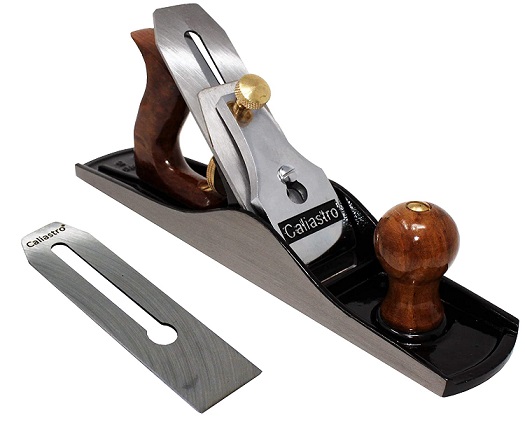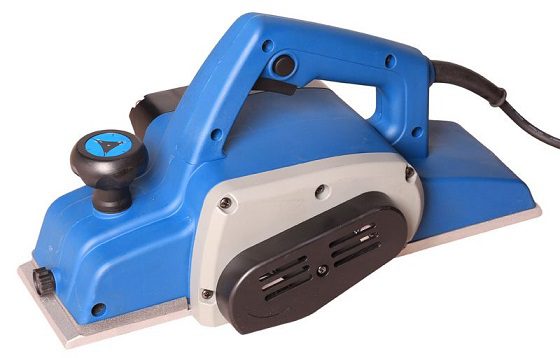With a hand planer, you will be able to flatten the corners and edges of the wood. It is also suitable for smoothening out frames. You can use a hand planer utilizing manual force and both hands. It features a thin steel blade and is a vital tool for any carpenter. While using a hand planer, you will have to grab the handle with one hand and the knob with the other. It provides the steadiness and grip to drive across woods. It comes in a handy design and does not occupy much space. You can easily take a hand planer anywhere you want and start working. Pros
Does not require any installation. Portable design for easy carrying. Easy to use. Does not require any power source.
Cons
Will not work without physical labor. Wrong moves can lead to accidents and injuries.
When Should You Use Hand Planer?
You will easily find hand planers that require manual force or electricity power. Despite electric hand planers coming into existence, most woodworkers prefer manual hand planers. A hand planer can be suitable for the following tasks.
Biscuit Joiner Vs Domino Hand Planer Vs Electric Planer Router Vs Jigsaw Track Saw Vs Table Saw Drum Sander Vs Planer
Making radius cuts. Creating symmetrical slope planes on different surfaces. Trimming off swollen corners from a stuck door. Achieving smooth wood surface. Focusing on small wood pieces that require high accuracy.
What is an Electric Planer?
An electric planer has a similar operation to a hand planer. However, it utilizes electric power. With it, you can smoothen surfaces for having an even and smooth surface. It has to be noted that it is not a pocket-sized tool and is rather very heavy. You will find electric planers in different sizes. It can range from 9 to 22 inches and has a sharp blade slanting about 45 degrees. Unlike a hand planer, an electric planer lets you save time and effort. Electric planers can be the jack plane, the jointer, or the smooth.
Jack plane: It serves perfect for edges and twists on boards and is about 11 to 17 inches. The jointer: The jointer is the biggest form of table planer at over 22 inches. You can use it for working on tough lumber or longer boards. The smooth: With 9 to 10 inches in length, the smooth is perfect for removing uneven spots from wood.
Pros
Perfect for better accuracy. Works great for chunky lumber. Suitable for rough edges and poor wood.
Cons
It can leave rough edges. Can be way more expensive than the hand planer. The heavy design makes it tough to move.
When Should You Use Electric Planer?
In comparison to a hand planer, an electric planer features a wide surface that helps to produce better results. This makes it ideal for DIY projects as well as home renovations. There can be many benefits of using an electric planer like doubling the sander, working on chunky lumber, and using poorly shaped wood.
What Are The Main Difference Between Electric Planer and Hand Planer?
Power Output:Undoubtedly, an electric planer offers better power than a hand planer. However, a hand planer can be more impressive due to its handy size. You can easily use it in any situation and have the thickness of your preference. Motor Construction & Power:In most cases, an electric planer comes with an engine of 6 amps. This makes it handle 34,000 wood slices with an approximate rotation of 17000 RPM. As a hand planer requires manual force, it completely depends upon the expertise.
Conclusion
The above discussion was to know about the difference between a hand planer and an electric planer. For small woodworks, it will be best to opt for a hand planer. However, you can use an electric planer for large carpentry projects. Even though both the tools have the same functionality, it all depends upon the project type. You need to consider your woodwork operation and get the right tool. Comment * Name * Email * Website
Δ







![]()